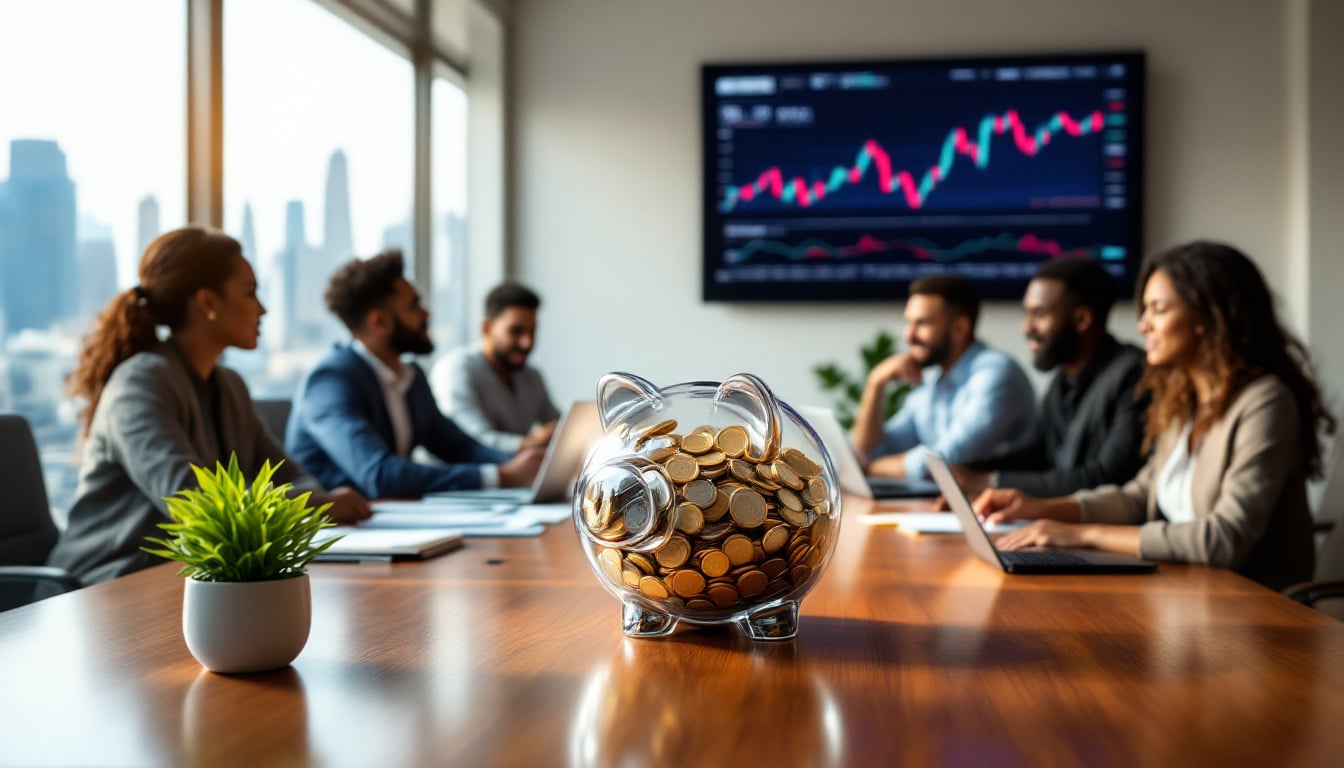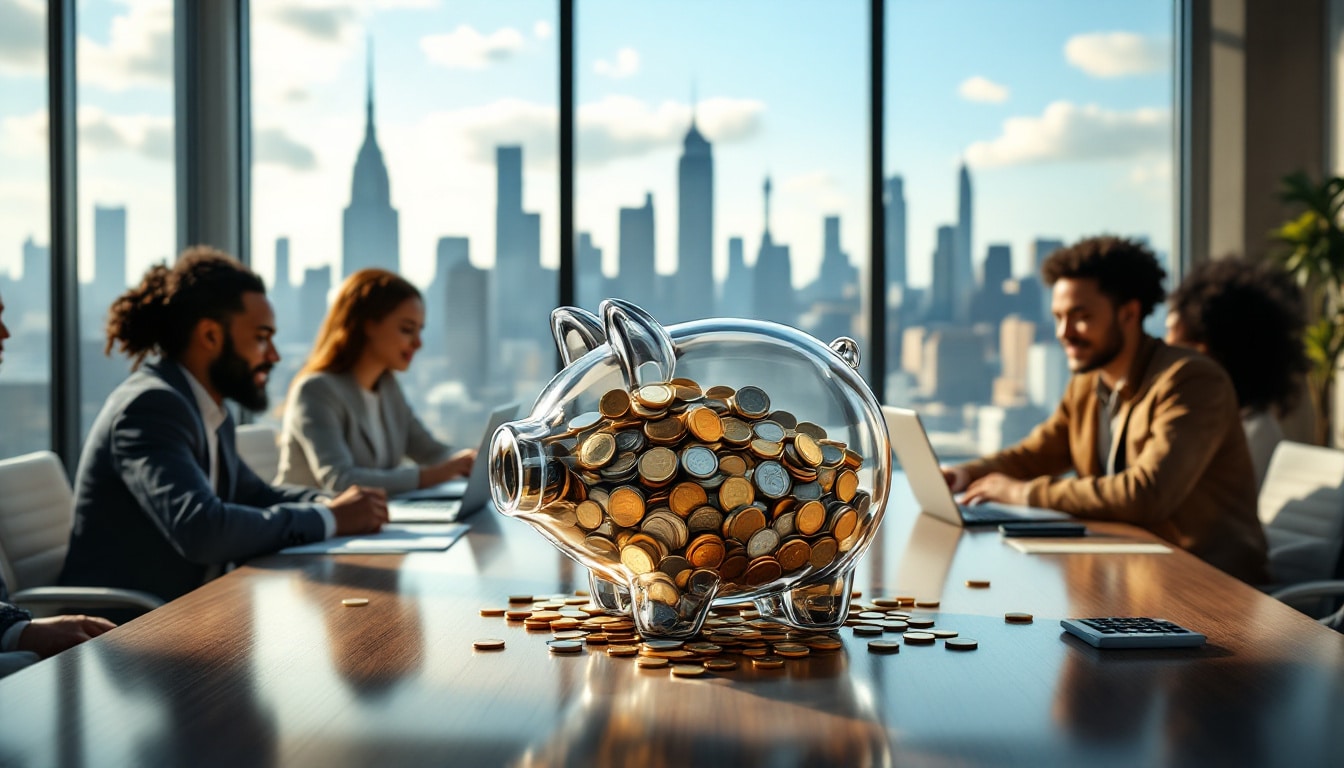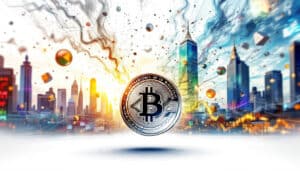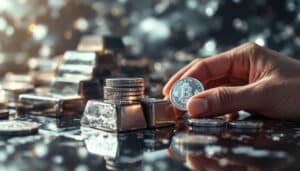Welcome to the complex universe of data and cookies that govern our browsing.
These tools are at the heart of personalizing your online experience.
But what do they really mean for you, the user?
Understanding the use of cookies helps to maintain and deliver effective services. They help to protect against spam, fraud, and abuse, while measuring audience engagement and site statistics. By choosing to accept all options, you contribute to the development of new services and the effectiveness of advertising. If you prefer to refuse, your interactions will remain less personalized but secure.

The silver economy represents a major opportunity in the current economic landscape, especially in the face of the rapid aging of the global population. Investing in this sector requires a deep understanding of the dynamics at play and emerging trends. Let’s explore the multiple facets of this strategic investment.
Table des matières
ToggleWhy is the silver economy gaining global importance?
The increase in life expectancy and the decline in birth rates contribute to an aging population in many countries. This demographic transformation generates a growing demand for products and services tailored to seniors. In China, for example, the silver economy is experiencing significant growth, supported by favorable government policies and an increased awareness of the needs of the elderly.
This trend creates diverse opportunities, ranging from health and home care to assistive technologies, as well as adapted tourism and leisure activities. Companies that can anticipate and effectively respond to these needs will benefit from sustained growth and increased customer loyalty.
What are the key sectors of the silver economy in China?
China, with its large aging population, is positioning itself as a leader in the development of the silver economy. Several sectors stand out particularly:
- Health and wellness: Specialized medical services, senior living facilities, and telemedicine solutions are booming.
- Technology: Technological innovations, such as connected devices and health-focused applications, facilitate the daily lives of seniors.
- Tourism: Adapted tourism, including wellness stays and cultural excursions, meets a growing demand for safe and comfortable travel.
For an in-depth analysis, see this article on China’s initiatives to improve and expand its silver economy.
What challenges must be overcome to invest in the silver economy?
Investing in the silver economy involves several challenges that are crucial to recognize and manage:
- Diverse needs: Seniors have varied needs requiring personalized and flexible solutions.
- Technological barriers: The adoption of technology may be limited by reluctance or insufficient technological skills among the elderly.
- Strict regulations: Sectors such as health and financial services are heavily regulated, requiring rigorous compliance.
Despite these obstacles, innovative companies that adapt and effectively address these challenges can benefit from sustained growth. To learn more about successful investment strategies, explore this guide.
How is technology transforming the silver economy?
Technology plays a central role in the development of the silver economy, providing innovative solutions to enhance the quality of life for seniors. From health monitoring devices to applications that facilitate communication, technological advances enable greater autonomy and social integration.
For example, telemedicine allows elderly individuals to consult doctors remotely, thus reducing the need for frequent travel. Additionally, connected devices monitor users’ health in real time, automatically alerting loved ones in case of need.
For practical tips on using technology in everyday life, this article offers ways to save money with your phone, illustrating how technology can be a valuable ally in personal finance management.
What are the economic benefits of investing in the silver economy?
Investing in the silver economy offers numerous economic advantages:
- Market stability: The growing demand for products and services aimed at seniors ensures stability and predictability of revenues.
- Profitability: Investments in sectors like health, wellness, and technology offer attractive returns due to strong demand.
- Innovation: This sector encourages innovation and the development of new technologies, paving the way for emerging markets and unprecedented opportunities.
Moreover, the silver economy contributes to job creation and stimulates local economic growth. For a global perspective on the economic impact, see this overview of the growth of the silver economy in China.
What are the purchasing behaviors of seniors and how can we leverage them?
Understanding seniors’ purchasing behaviors is essential for success in the silver economy. Elderly individuals often prioritize quality, reliability, and after-sales service. They also seek products and services that enhance their comfort and safety.
To capture this clientele, it is crucial to adopt a customer-centric approach, offering personalized solutions and valuing the user experience. For example, loyalty programs and responsive customer service can build trust and encourage repeat purchases.
In-depth market studies and customer feedback also allow for adapting offerings to the specific expectations of seniors. To explore how to effectively meet the demands of seniors, this link provides a detailed analysis.
What are the success stories in the silver economy?
Many companies have already succeeded in capitalizing on the silver economy by offering innovative solutions tailored to the needs of seniors. Take, for instance, the technology companies that have developed health monitoring devices or applications that facilitate communication and daily task management.
Another notable example is the adapted tourism services, which offer personalized stays that meet the specific requirements of elderly individuals, combining comfort, safety, and enriching activities.
These successes show that innovation, combined with a deep understanding of seniors’ needs, can lead to outstanding results. To discover inspiring case studies, visit this resource.
How do public policies support the silver economy?
Governments play a crucial role in the development of the silver economy by implementing favorable policies and offering incentives to innovative companies. In China, for example, government initiatives aim to improve the quality of services for seniors and encourage investment in this sector.
These policies include subsidies for research and development of suitable technologies, as well as regulations that facilitate the creation of care and wellness structures. Additionally, awareness and education programs are deployed to inform the public about the opportunities offered by the silver economy.
For an analysis of government initiatives in China, see this article that details how China is improving and expanding its capacity in this field.
What future developments are expected in the silver economy?
The future of the silver economy looks promising with several key developments on the horizon:
- Technological innovations: The integration of artificial intelligence and robotics to offer more effective and personalized care.
- Service expansion: Development of complementary services such as financial advice and mental wellness specifically aimed at seniors.
- Cross-sector collaboration: Partnerships between public and private sectors to create comprehensive and sustainable solutions.
These advances will not only better meet the needs of elderly individuals but also create new investment opportunities. To anticipate these trends, it is essential to stay informed and continuously adapt. For a forward-looking perspective, this article offers relevant insights into future developments.







